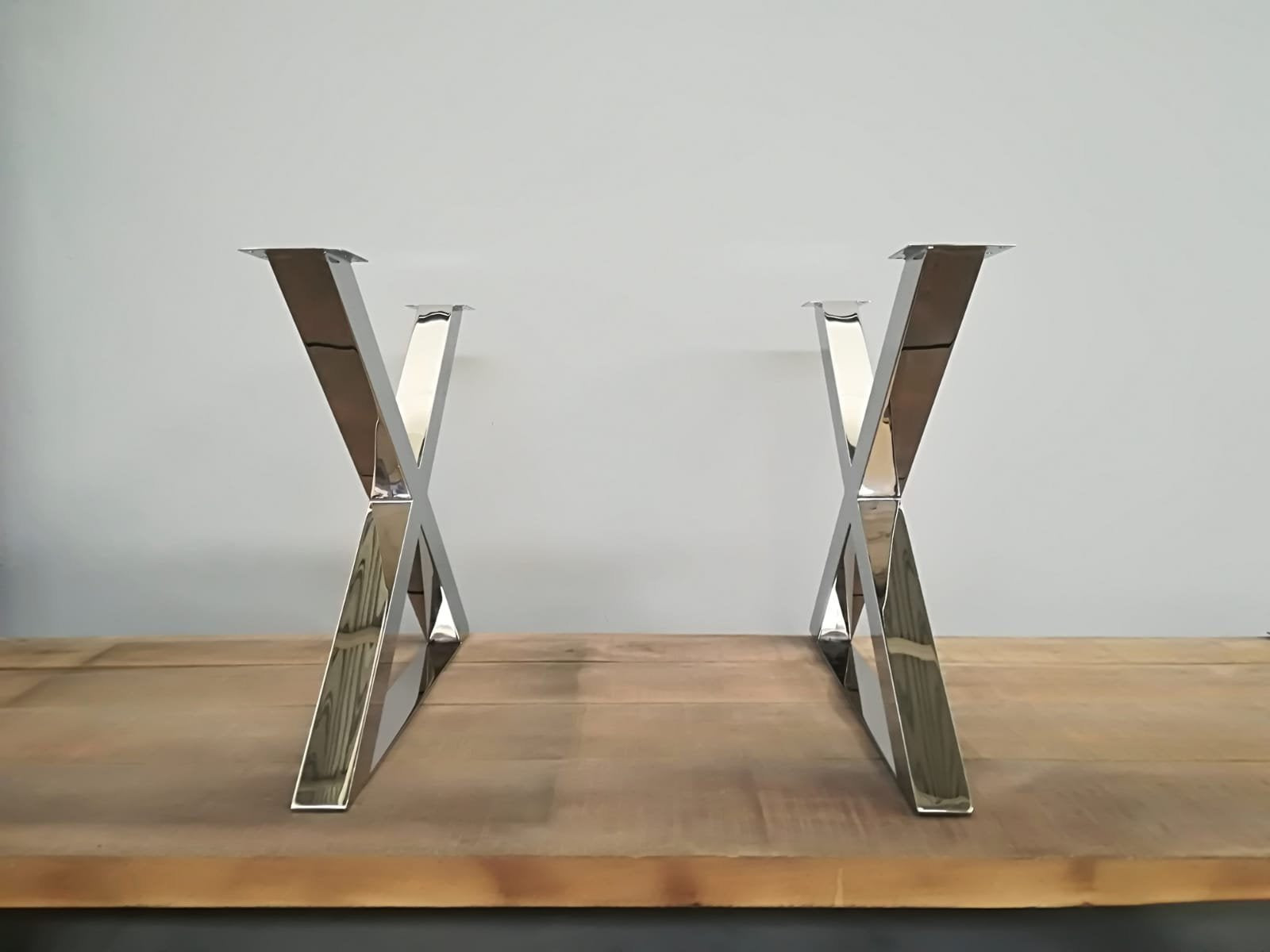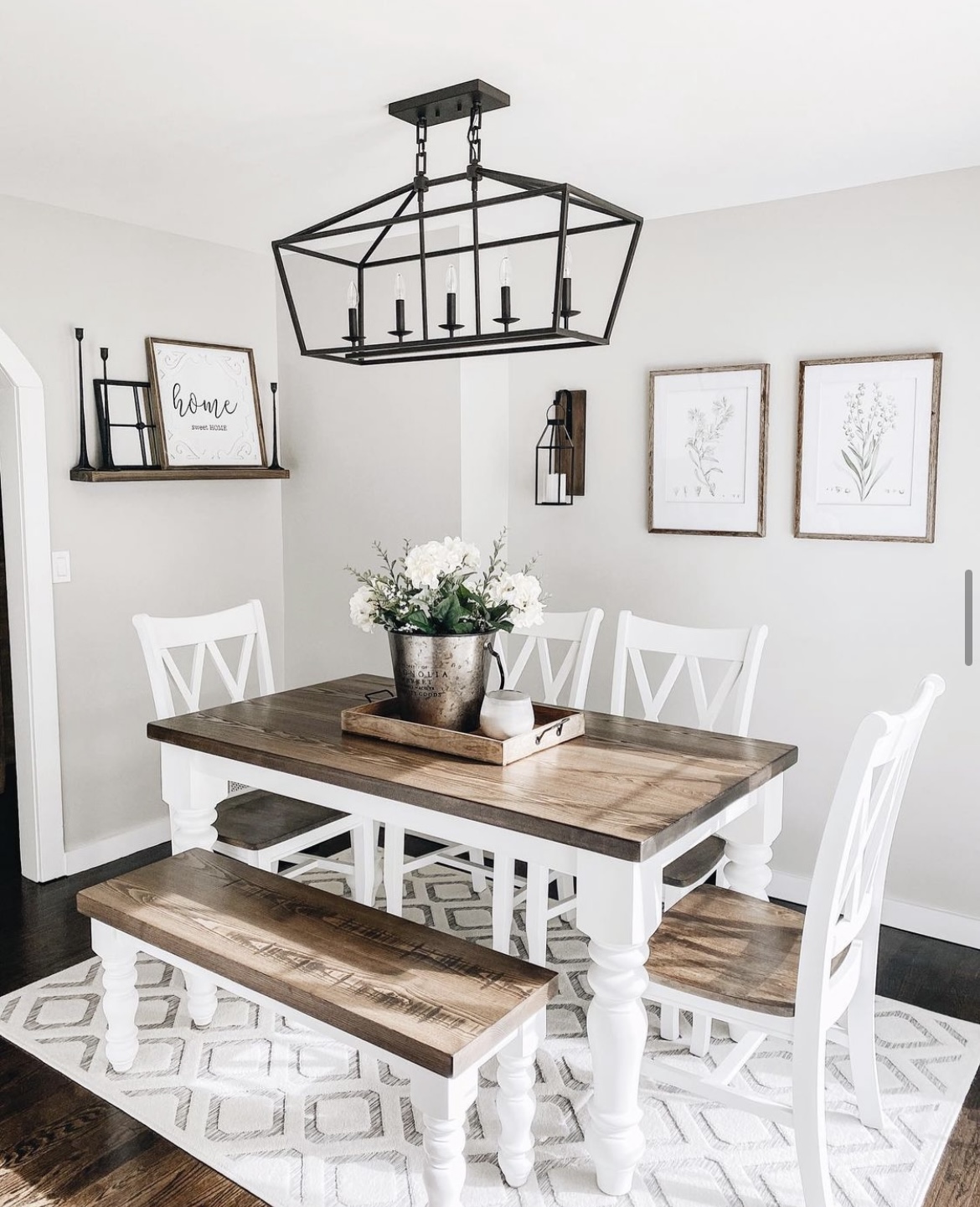How the Right Dining Room Table Legs Can Complete Your Dining Room Look
How the Right Dining Room Table Legs Can Complete Your Dining Room Look
Blog Article
From Typical to Modern: Find the Ideal Dining-room Table Legs for Your Style
While classic layouts such as cabriole and transformed legs stimulate a sense of timeless sophistication, modern designs like barrette and geometric choices provide an opportunity for striking aesthetic passion. As you consider these components, the question continues to be: exactly how can you effortlessly integrate these varied leg styles to develop a harmonious eating experience?
Recognizing Table Leg Styles
The variety of eating area table leg styles can substantially influence both the aesthetics and performance of the room. Each leg style contributes unique visual components and sensible attributes, satisfying varied layout preferences and use demands. Understanding these styles is vital for picking the appropriate eating table that lines up with your general interior decoration vision.
For example, conical legs supply a tidy, traditional look that can enhance an area's style, while stand bases supply stability and maximize legroom, making them perfect for smaller rooms. Barrette legs, a trademark of mid-century modern design, present an industrial flair, permitting for a ventilated, open feeling. Trestle legs stimulate rustic charm, providing durable support and a feeling of eternity.
Wooden legs can bring heat and texture, whereas steel options often share a sleek, modern vibe. Eventually, understanding table leg styles is crucial for producing a natural dining area that mirrors personal style while making certain functionality and convenience.
Conventional Table Leg Options
When picking dining-room table legs, typical options commonly personify ageless style and workmanship. These designs mirror a rich heritage and a dedication to quality, making them suitable for those that appreciate traditional visual appeals.
Among one of the most famous traditional leg styles is the cabriole leg, defined by its elegant curved shape. This layout typically includes decorative makings and is most frequently found in Queen Anne and Chippendale furniture. One more popular alternative is the transformed leg, which boasts a series of smooth, rounded forms that provide a classic appearance while keeping security.
Furthermore, the straight leg, while simple, provides a strong and basic structure that can mix effortlessly with a selection of tabletop designs. For those attracted to ornate outlining, claw-and-ball feet legs stimulate a sense of magnificence and can act as a sensational focal point in any dining room.
Last but not least, stand bases, although not strictly legs, provide a different typical choice that enables ample legroom and can be wonderfully carved. Each of these typical leg designs adds to the overall ambiance of an eating area, marrying function with aesthetic allure.

Modern Table Leg Styles
Modern table leg styles provide a diverse variety of designs that highlight cutting-edge materials and tidy lines. These styles frequently focus on performance while functioning as striking prime focus within an eating space. Minimal aesthetic appeals prevail, with legs crafted from products such as steel, glass, and engineered timber, which contribute to a contemporary and ventilated feeling.
One prominent layout is the hairpin leg, defined by its slim, tapered framework that provides stability without frustrating the tabletop (dining room table legs). This style is often located in mid-century modern furnishings and can easily complement different table shapes. An additional trend is the usage of geometric forms, where legs might handle angular or asymmetrical types, including aesthetic passion and a touch of creativity

Blending Styles for Distinct Spaces
Typically, house owners look for to develop unique dining areas that show their individual design by mixing numerous layout elements. This method enables the unification of varied appearances, causing an unified yet distinct atmosphere. Matching a rustic wood table with smooth, contemporary metal legs can create a distinctive comparison that elevates the room's total charm.
Furthermore, incorporating vintage table legs with modern tabletops can evoke a feeling of background while keeping a modern-day sensibility. Such combinations not just display private taste yet also motivate imagination, enabling homeowners to curate an area that feels both individual and welcoming.
Color plays an important role in this blending process; choosing table legs that enhance or contrast with the existing color pattern can boost aesthetic interest. try this out As an example, whitewashed legs can soften the daring of a dark table surface, developing a balanced aesthetic.
Tips for Choosing the Right Legs
Choosing the right table legs is essential for accomplishing both capability and aesthetic charm in your eating space. Begin by thinking about the total style of your room. Standard setups benefit from legs that feature complex makings or transformed designs, while contemporary areas might ask for sleek, minimalist designs.
Following, examine the elevation and stability of the legs. dining room table legs. Conventional discover this eating tables range between 28 to 30 inches in height, so make sure the legs complement this dimension for convenience. Furthermore, durable products, such as wood or metal, can improve security and longevity
Examine the leg form too-- options consist of right, tapered, or stand designs. Straight legs supply a classic look, while tapered legs can include a touch of elegance. Pedestal bases supply enough legroom and are ideal for smaller rooms.
Final Thought
In recap, choosing the suitable eating space table legs needs cautious consideration of both conventional and contemporary styles. Traditional alternatives such as cabriole and transformed legs use ageless sophistication, while contemporary designs like hairpin and geometric shapes provide a contemporary touch. By harmonizing leg design, elevation, and product with the total decoration, a natural and inviting atmosphere can be achieved. Eventually, the picked table legs must show the desired aesthetic, enhancing the dining experience within the space.
The variety of eating room table leg designs can substantially affect both the aesthetic appeals and performance of the space. Ultimately, recognizing table leg designs is necessary for producing a cohesive dining location that reflects individual design while ensuring practicality and comfort.One more info here of the most legendary standard leg designs is the cabriole leg, defined by its graceful bent shape. Straight legs supply a timeless look, while conical legs can add a touch of sophistication.In recap, selecting the ideal dining room table legs requires mindful factor to consider of both standard and modern-day designs.
Report this page